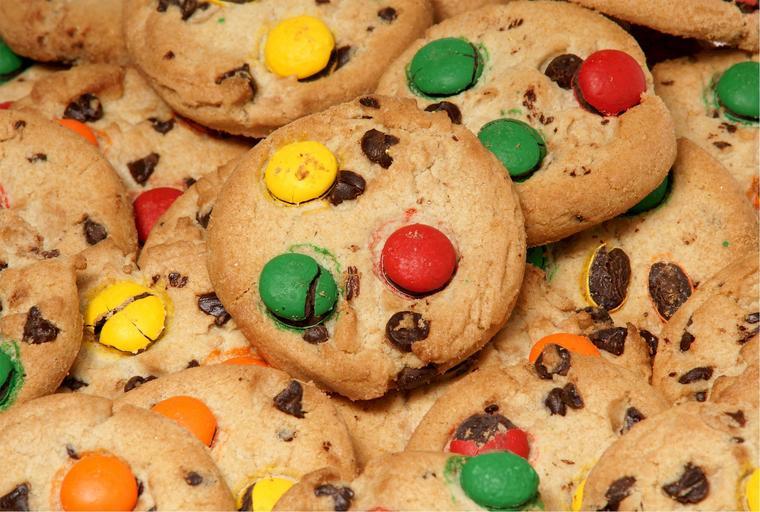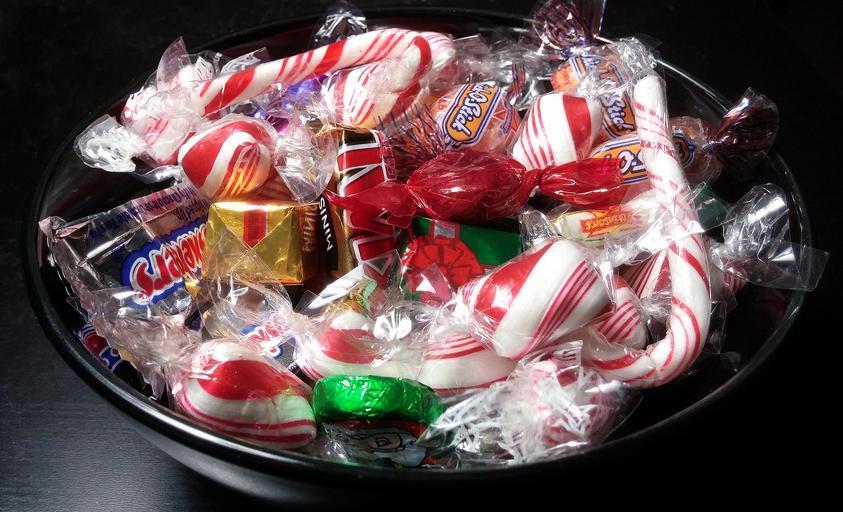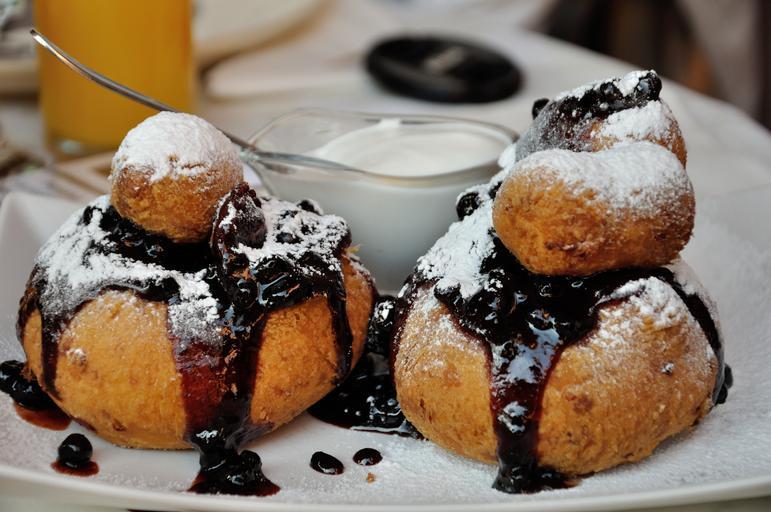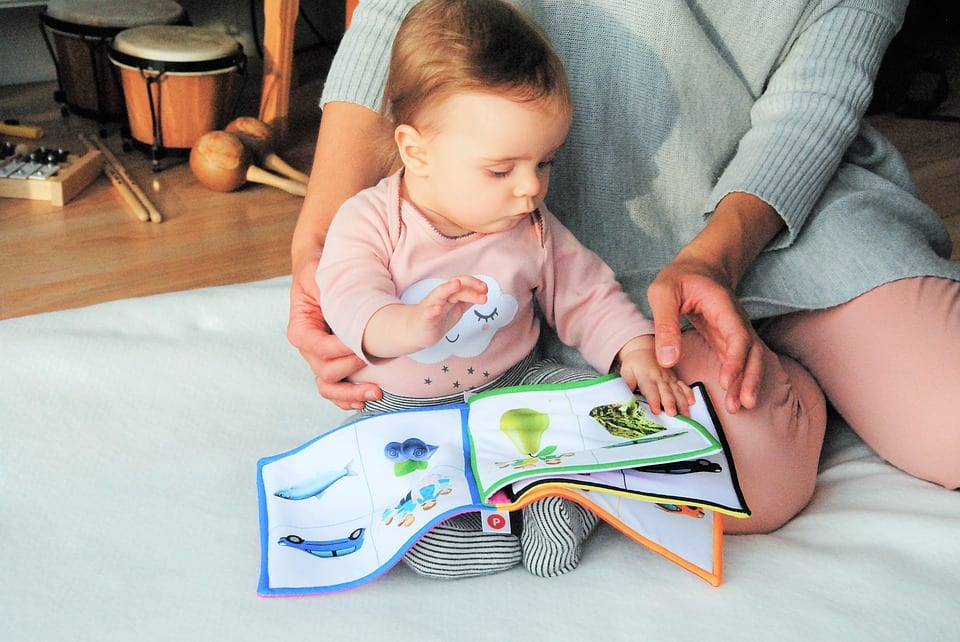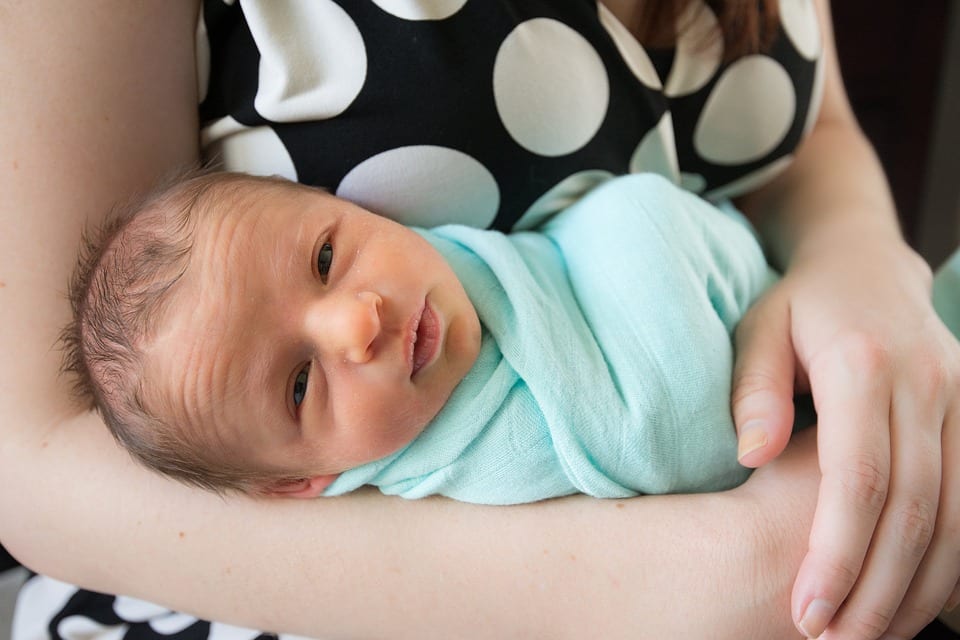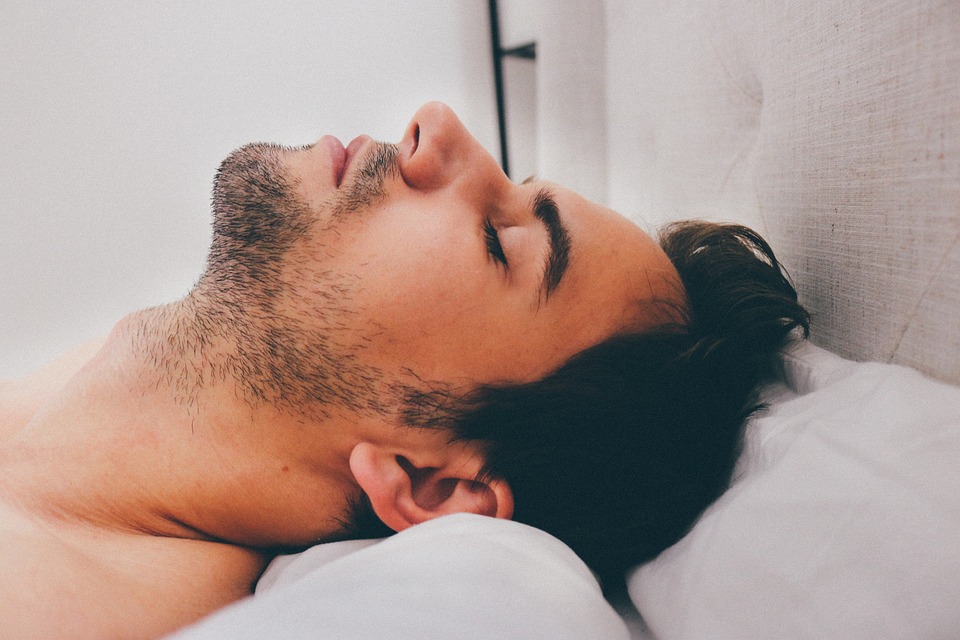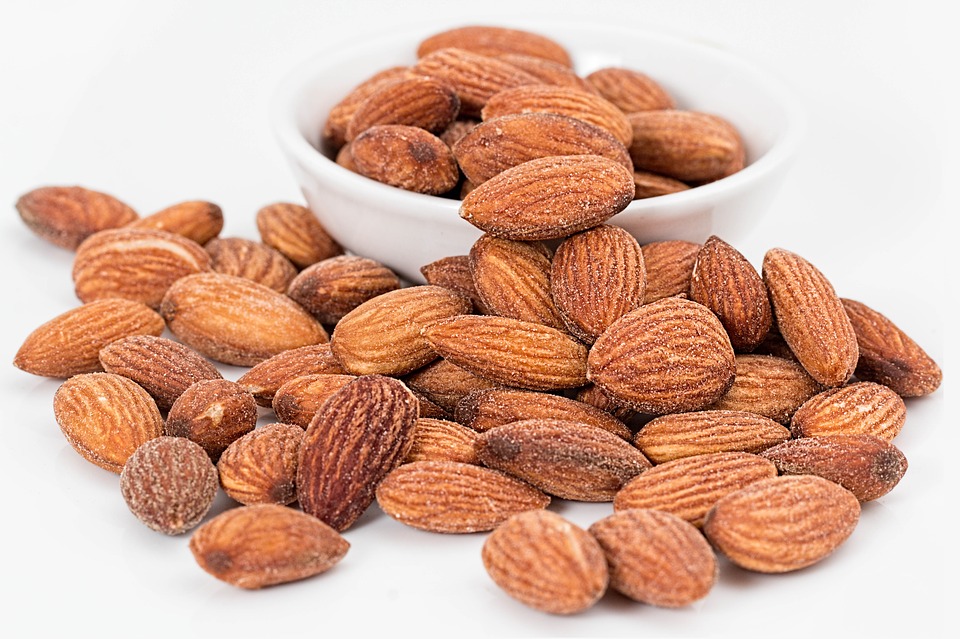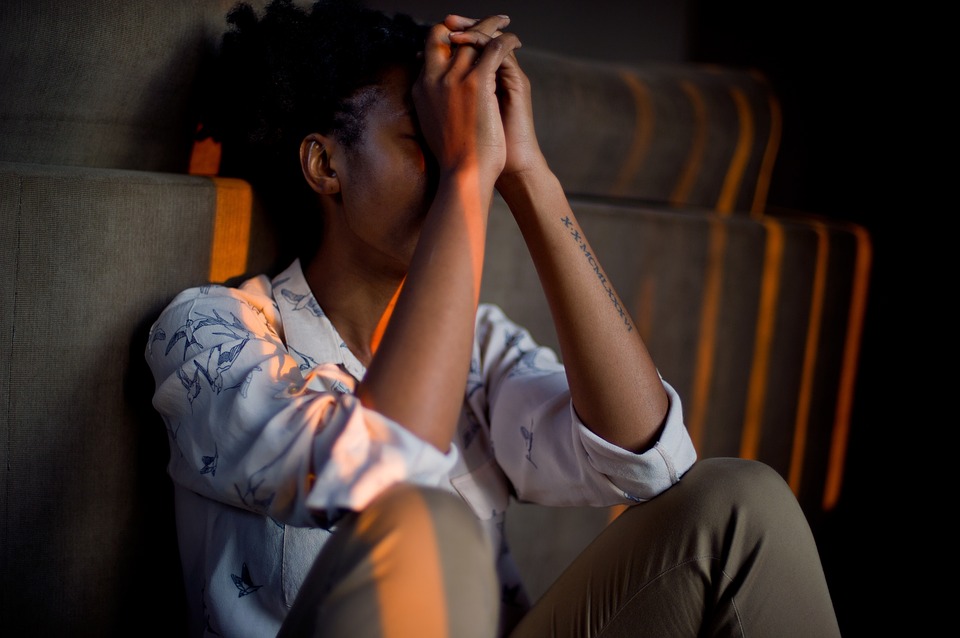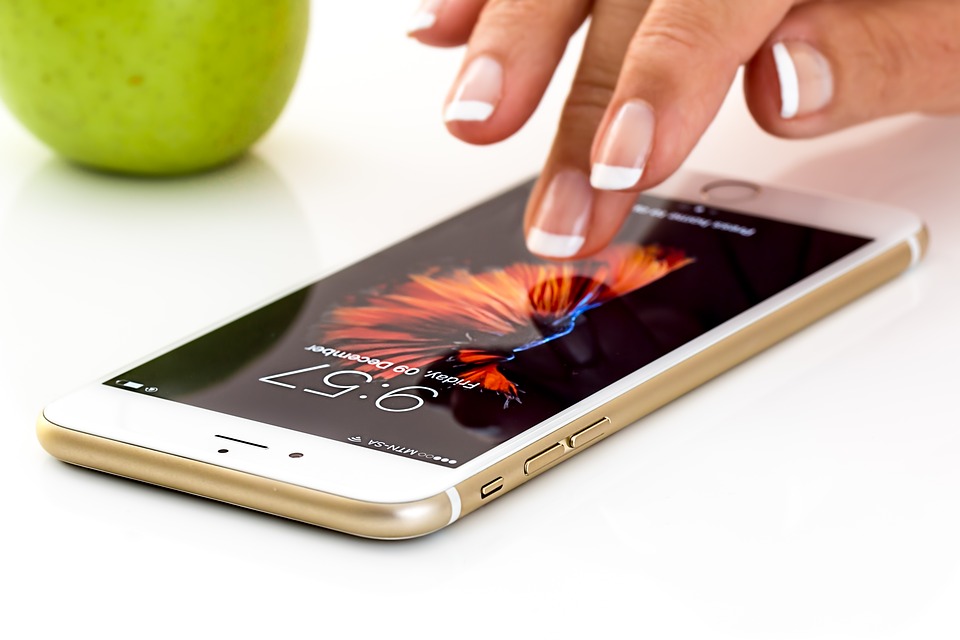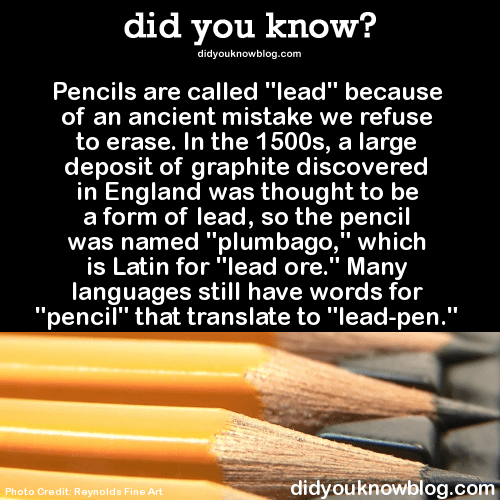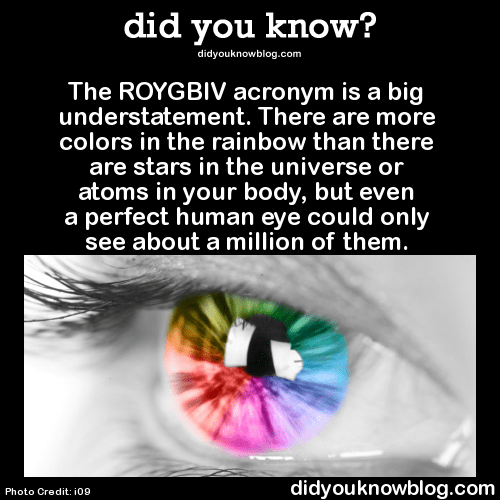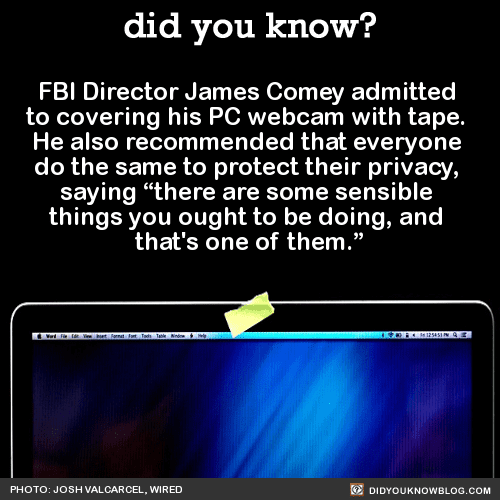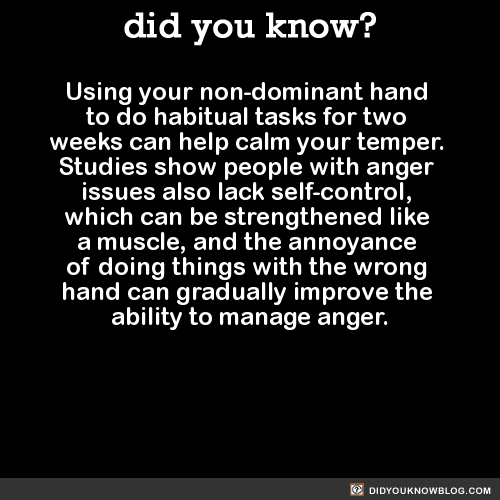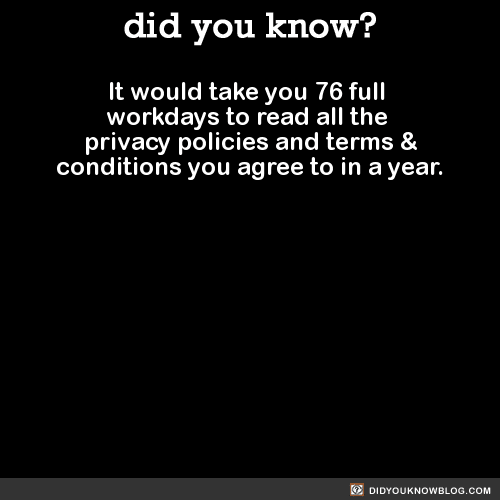If you’re trying to eat healthy, or maybe lose a few pounds, one of the most common things people will tell you is to stop snacking after a certain time – usually after dinner. That means those late night munchies are a strict no-no. But is it really true that we can never give in to those midnight cravings?
First of all, let’s dispel the myth that food eaten after a certain hour always turns into fat, like the your stomach knows how to read a clock. You gain weight when more calories go in your body than go out, full stop. And yet, the participants in multiple experiments have proven that people who tend to eat late at night do tend to gain more weight and keep it on.
So what’s up with that?
Well, a recent group of studies out of Northwestern University seems to indicate that being a night owl has more to do with nighttime eating and its negative effects – night owls are just more likely to eat late. It’s like this: the people for whom the halfway mark of a normal night’s sleep was between 1am and 5:30am (ie. people with earlier bedtimes) tended to have only a meal after work and nothing before bed, while the people for whom the halfway point of their normal night’s sleep was after 5:30 (ie. night owls) were more likely to have another snack before crawling under the sheets. The second group also often got less sleep than the first.
The studies also noted that people tend to make poorer choices when they’re tired or interested in a television series at the end of the day – we reach for easy things like takeout, chips, or pizzas instead of making the trip or stop at the grocery for proteins and vegetables.
That said, if you are someone who has the luxury of staying up late and sleeping in, there’s no reason you can’t eat if you’re hungry, even after dinner.
Here are some simple tips to keep yourself satisfied, sleeping well, and at your desired weight.
#1. Watch your calories.
Try keeping a log of the calories you eat all day long, and if it’s not too many, it’s fine to have a snack – just try to choose something on the healthier side, and do your best to eat 2 or 3 hours before you plan to go to bed. Otherwise, your digestion could disrupt your sleep and lead to more issues the following day.
#2. Choose your snacks wisely.
Not only is it important to choose something low in calories if your day is almost done, but choosing something that can help promote sleep – dairy, fish, turkey, bananas, kiwi, cherries, almonds, and honey are all options that offer melatonin and serotonin that can help you snooze through the night.
#3. Do some self-evaluation.
If you do find yourself wanting to indulge late at night more often than not, you might be looking at some kind of compulsion – overeating can be linked to emotional issues. Check on yourself, and determine whether your desire to eat at night could be feelings-related.
So, it’s not a bad thing to give into your hunger later at night, especially if you’re a night owl. You just need to remember that what we eat and when does affect our ability to get good sleep and keep ourselves on an even keel. Don’t force yourself to go hungry, just be conscious of the choices you’re making and do you!
The post Science Weighs In on When It’s Okay to Grab a Midnight Snack, and When to Say No appeared first on UberFacts.












